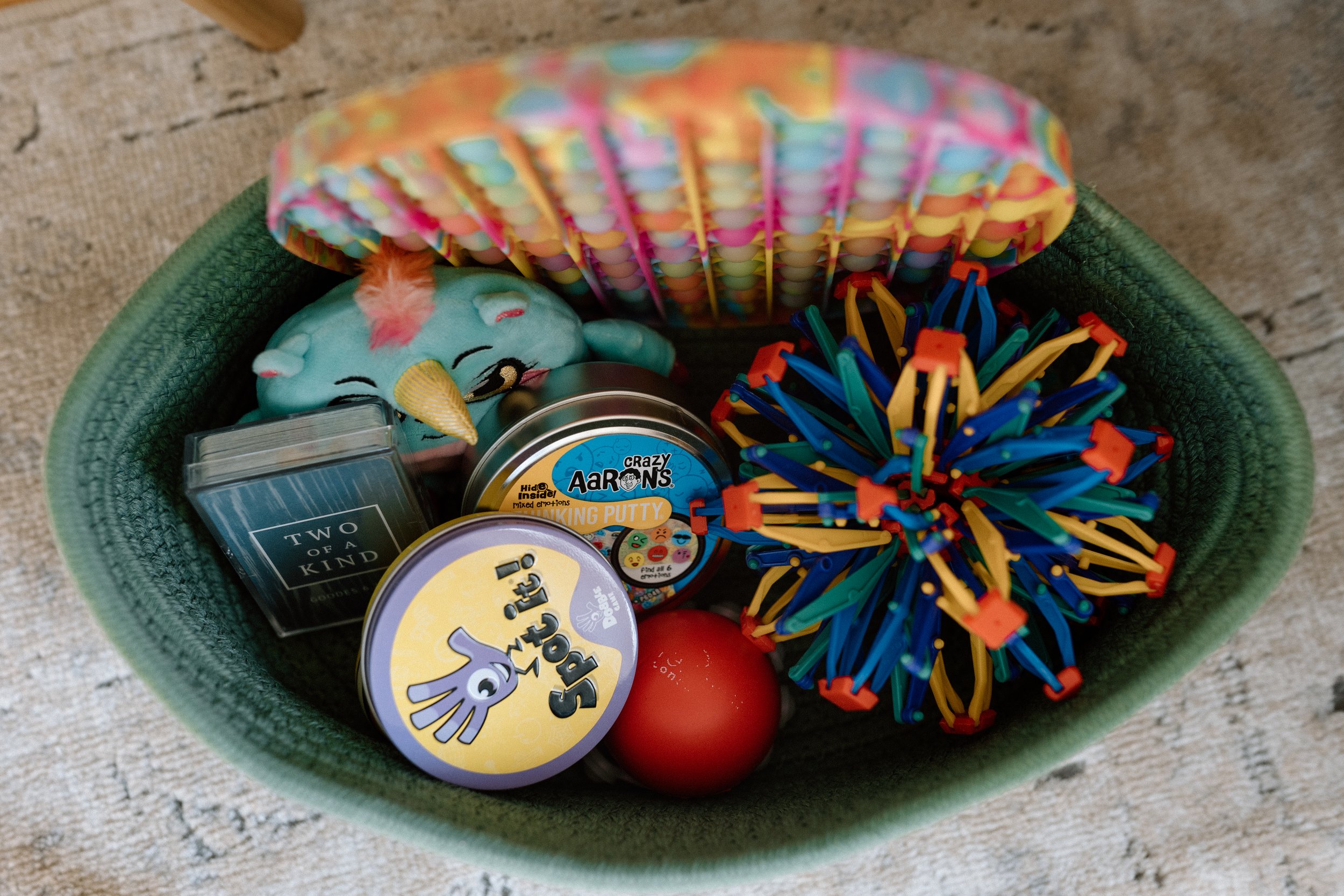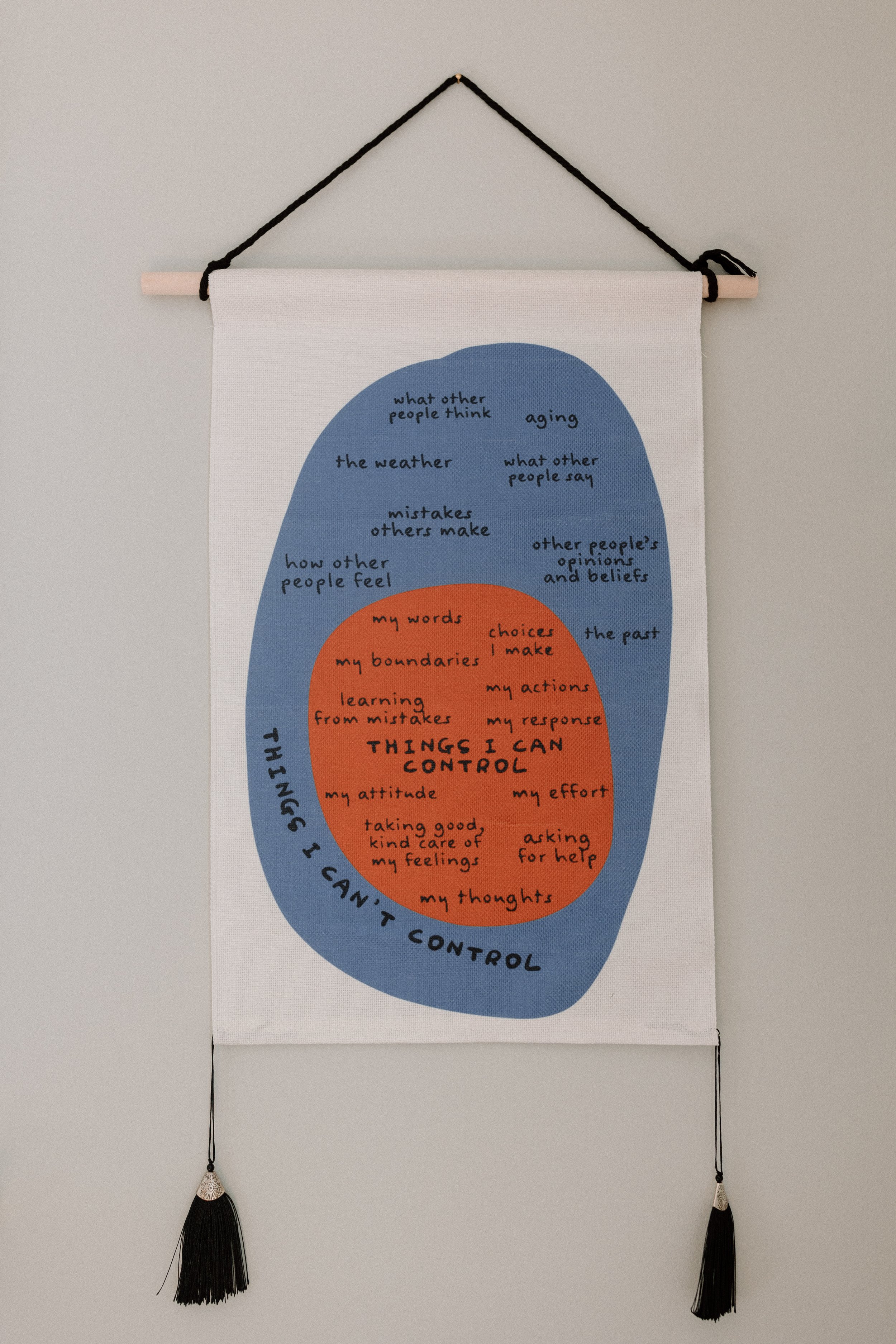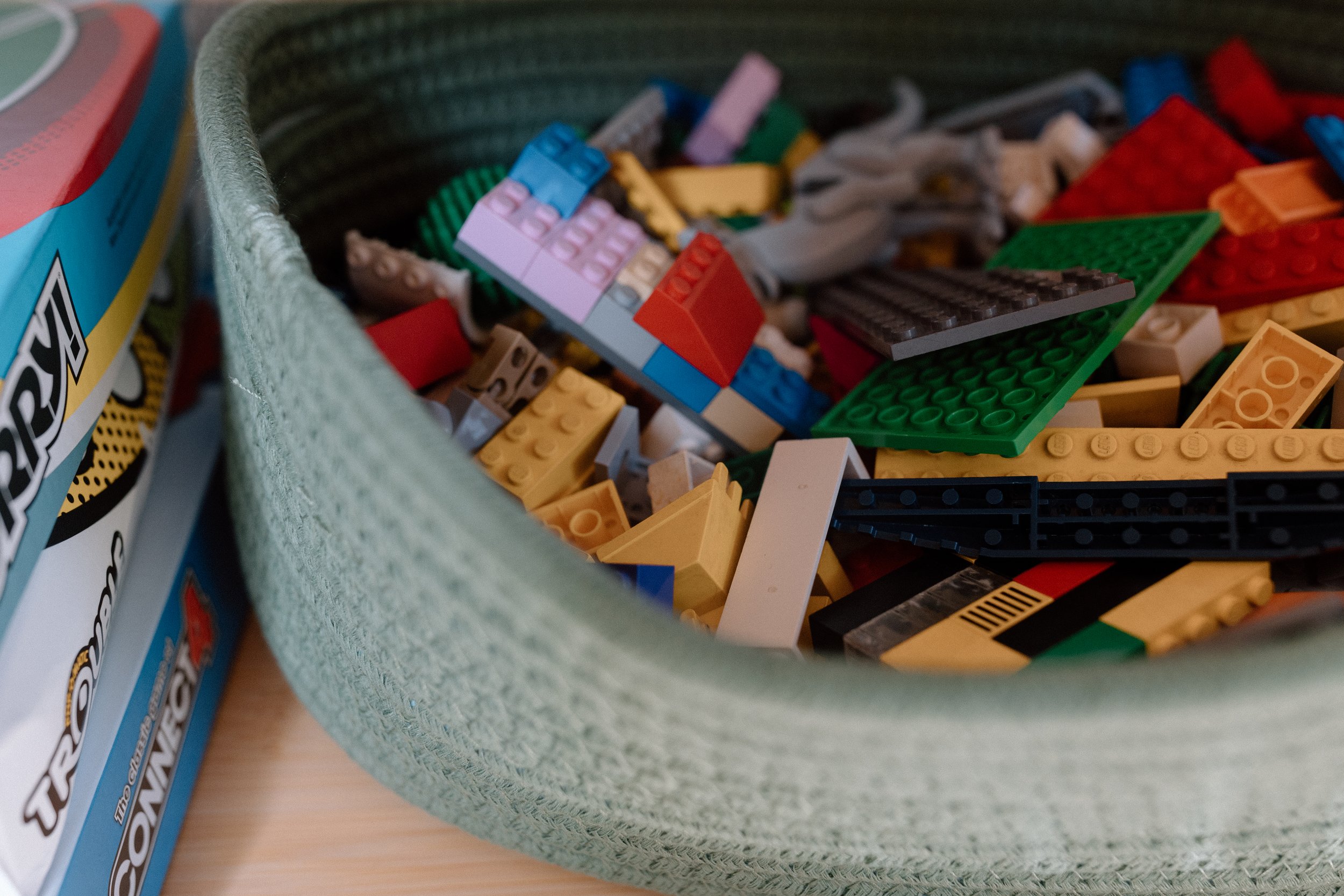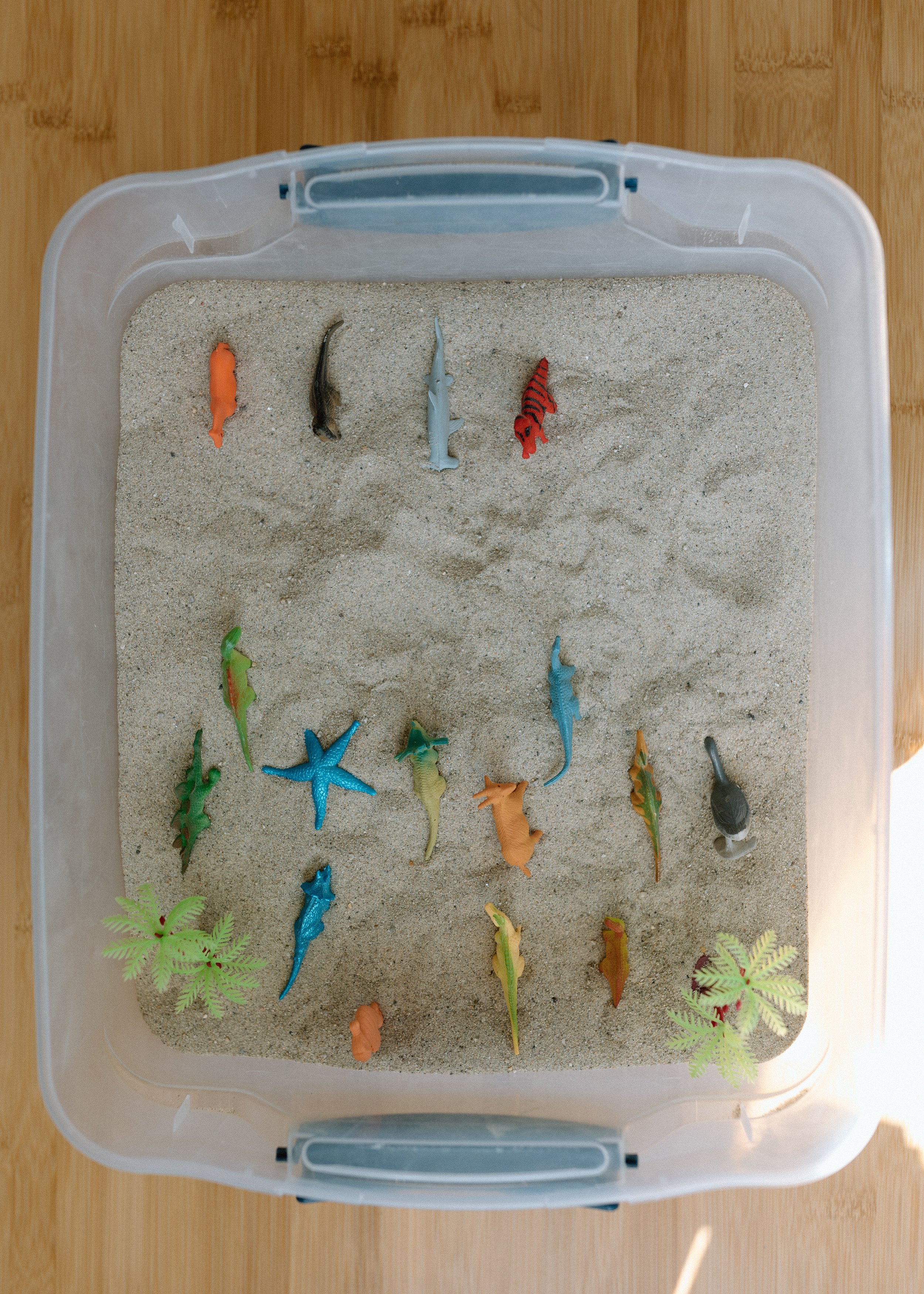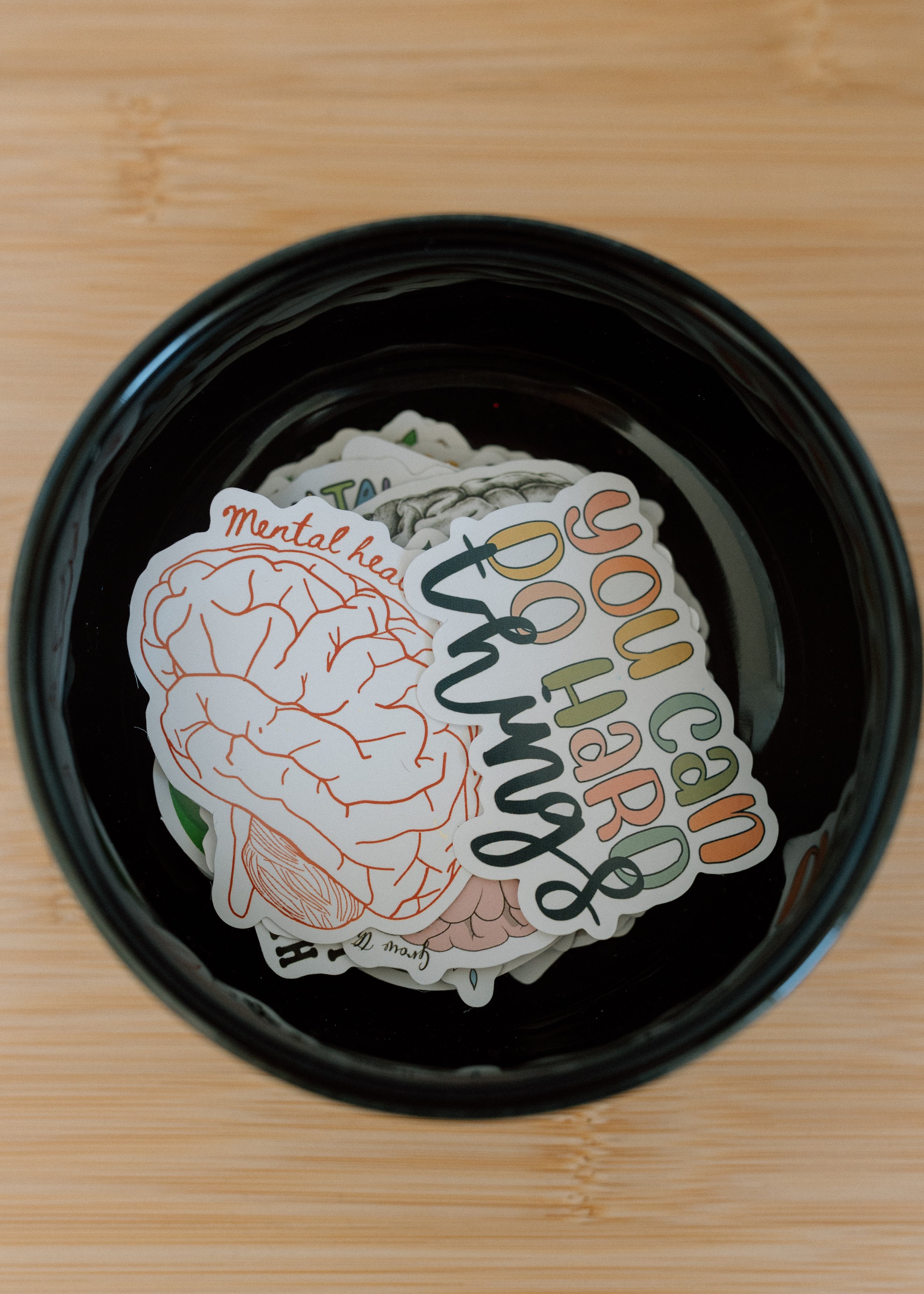June 10, 2024
Blog is written by Goode Thoughts Therapy Associate,
Erin Spoales, LGPC
Summer Routine
If you happen to be anywhere around a school building in June, you will notice and feel the excitement and anticipation of the last day of school and the start of SUMMER! However, after those first few days of freedom, you may notice an increase in poor behavior, mood shifts and attitude. Why? Children have just left the very structured and predictable routine of school. Everyone needs a break from those daily habits of the classroom, but creating and maintaining a summer routine is essential and can foster growth as an individual and a family unit.
Summer routines should be all about balance! Non-negotiable activities can be balanced out by fun and enjoyable activities. School aged children can help develop your family schedule. This encourages family communication of priorities and allows everyones wants and needs to be acknowledged.
Household “Must Do’s”
Work together to create a list of daily chores that must be completed. The length of this list and tasks can vary depending on age level, but all children should have ownership in running the family household. This fosters responsibility and independence.
Summer fun “Bucket List”
Encourage all family members to brainstorm ideas that are both free and cost money. Free activities could be a bike ride, picnic lunch or sprinkler day! Activities with a cost can be discussed within a budget- trip to a theme park, trying out a new ice cream shop or planning a family trip to the beach. Creating this list can be fun and engaging for all! Check out this FREE summer bucket list: Summer Bucket List
Get Creative!
Theme days/nights can be entertaining and fun to create for families. They provide structure, predictability and consistency, especially for things that you plan to incorporate into each week, such as a trip to the library or pool. Other ideas, game night, craft day, outdoor adventure day, new recipe day and/or movie night! Children of all ages can have fun with this! FREE theme day printable: Summer Theme Days
Display a Daily Schedule
This is general, not minute to minute and your children can be enlisted to do this. Children should know what to expect each day, for example, non-negotiable household chores, personal hygiene or summer reading should be completed before a preferred activity. Anxiety and poor behavior reduce significantly with knowing daily expectations ahead of time. FREE printable daily schedule template: Summer Daily and Weekly Schedule
Build in Relaxation
The school year is usually filled with overloaded schedules. Try not to overwhelm yourself with a crazy summer schedule too. If your child is at camp all day, then spending the evening hiking, might be too much. Instead it might be a perfect evening to cuddle up on the couch for a movie, enjoy a family meal or a preferred activity to decompress.
The best part of keeping a summer schedule is to maintain sleep habits. After a full day of activities and sunshine, children need sleep! Continue or create a sleep routine, check-in with your child about the day's events or prep them for upcoming activities. Help your child look forward to bedtime as a safe space for comfort and to unwind.
Even with a routine, your summer can be a time to lessen the stress levels of your family and to connect with each other to make special memories!
Further references:
April 8, 2024
Blog is written by Goode Thoughts Therapy Associate,
Hanna Chandler, LGPC
Limit setting with your child
Every parent knows how difficult it can be to set limits with your child. Something we as counselors and therapists hear often is how frustrating and stressful it can be to manage your child’s misbehavior. It is important to remember that children’s brains are still developing, therefore, we must set limits in a way that is appropriate for your child’s developmental level. One of my favorite ways to help parent’s set limits is through the A-C-T model. The A-C-T model was developed by Dr. Garry Landreth, a leading figure in play therapy. Dr. Landreth is a professor, author, and founder of the Center of Play Therapy, the largest play therapy training program in the world². The A-C-T model consists of three steps to communicate a limit to your child including acknowledging the feeling, communicating the limit, and target acceptable alternatives¹.
A: Acknowledge the feeling or want
It is important to let your child know that you understand their feelings and wants which allows them to feel heard and understood. This is also an opportunity to help your child put a name to their feelings.
Example: “Jimmy, I know you are feeling really angry right now and would like to kick me…”
C: Communicate the limit
This step allows children to learn that their feelings are valid, however, what they are doing to express their feelings is not appropriate. Simply telling your child “no,” “stop,” or “don’t do that” may work sometimes, but it does not communicate the limit, rather it is a command in hope to get your child to stop what they are doing and comply. After acknowledging and validating your child’s emotions, you want to let them know that what they are doing is not okay. Focus on the universal rule or value you are trying to teach.
Example: “...but I am not for kicking.” (Rather than “stop, hitting is bad” or “no, don’t hit”)
This puts the attention on the child’s behavior while not evaluating the child or their action as “bad.” This provides the child with an opportunity to accept that their feelings are valid, but they are expressing them inappropriately.
T: Target acceptable alternative behaviors
The child is likely struggling with big feelings, and we want to help them learn how they can appropriately express those feelings. In this step, you want to offer alternatives that are acceptable to you. This will allow the child to make a choice which is empowering and can allow the child to learn and problem solve.
Example: “You may choose to take a break, kick a pillow, or go outside to kick the soccer ball.”
Once you have worked through this model, you will come up with a full statement that you can use to set a limit. For example, “Jimmy, I know you are feeling really angry right now and would like to kick me, but I am not for kicking. You may choose to take a break, kick a pillow, or go outside to kick the soccer ball.” Remember, take your time. Take the time to acknowledge your child’s feelings and wants, then communicate the limit and target alternatives.
If your child’s misbehavior continues, remain calm and firm with your limit. This may take time for both the parents and the children to adjust to. It is also important to note that sometimes when we start to set new boundaries and limits things can become more difficult and elevated prior to improving. This is common. Don’t give up!
I encourage you to be patient as you start using this limit setting model. Change does not happen overnight.
References
¹Hagen, T., & Tolleson, A. Play therapy and expressive arts: A developmental approach to working with kids and teens [PowerPoint Slides]. The Knowledge Tree.
²Our story | Center for Play Therapy. https://cpt.unt.edu/our-story
April 20, 2023
Blog is written by Goode Thoughts Founder, Sonne Goode, NBCC, LCPC
Walk & Talks:
A Nature Approach to Therapy
Goode Thoughts Therapy is proud to offer walk & talk therapy during the spring, summer, and fall months!
Have you considered walk & talk therapy and wondered if it is right for you or your child? This blog is here to help!
What is walk & talk therapy?
Outdoor therapy, also known as “walk & talks,” has been known to heal many clients.
Clinicians and clients may take walks together outside while connecting with nature and engaging in therapy rather than being in an office. With younger clients, walk & talks could also include sitting outside on a blanket, playing at a park, and conversing or participating in play therapy outdoors. These types of therapeutic settings had grown throughout the pandemic when it was unsafe to be in close quarters with other individuals.
How do walk & talk therapy sessions work?
The client and therapist would meet at a location that is decided upon together. The location of the session could start at the office, at a park, in a neighborhood, a coffee shop, or even a school. The session length typically stays the same, and the starting point will also be the ending point of the session. Be sure to dress comfortably and wear comfy shoes!
It is important to note that not all locations on a walk and talk would be fully private as there may be others outside enjoying nature. Through consultation and discussions with your therapist, you can always decide to meet indoors if your topic of discussion may be something you’d like to keep in a fully confidential office setting. Additionally, it is helpful to talk to your therapist about the plan if one of you sees someone you know while walking. Typically, the client or therapist will acknowledge the person, say “hello,” and continue walking without a full conversation.
What are the benefits of walk & talk therapy?
Walk & talks have been proven to benefit the therapeutic process as they allow the client to share more openly and offer a less intimidating setting than the office. For some clients, it may be difficult to feel comfortable talking when looking face-to-face with another person. It has also been suggested that talking comes easier when moving or walking.
Being outdoors in nature can be grounding and has been shown to reduce symptoms of anxiety, depression, and stress levels. Nature provides a calming setting, peaceful sounds, and beautiful views.
Outdoor sessions allow clients to incorporate more movement and fresh air into their week. Walking and movement activate both parts of our brain involved in logical thinking and our feelings and creative side. It also releases endorphins that support our mental health! The mind and the body are deeply intertwined.
Walk & talk’s establishes a stronger rapport between the client and the therapist by creating a comforting effect through nature.
For individuals and children with lots of energy, walking and talking have great success in allowing the person to release that energy and focus on their conversation in therapy.
Reach out to Sonne at sonne@goodethoughtstherapy.com to learn more about walk & talks, or check out the resources below!
